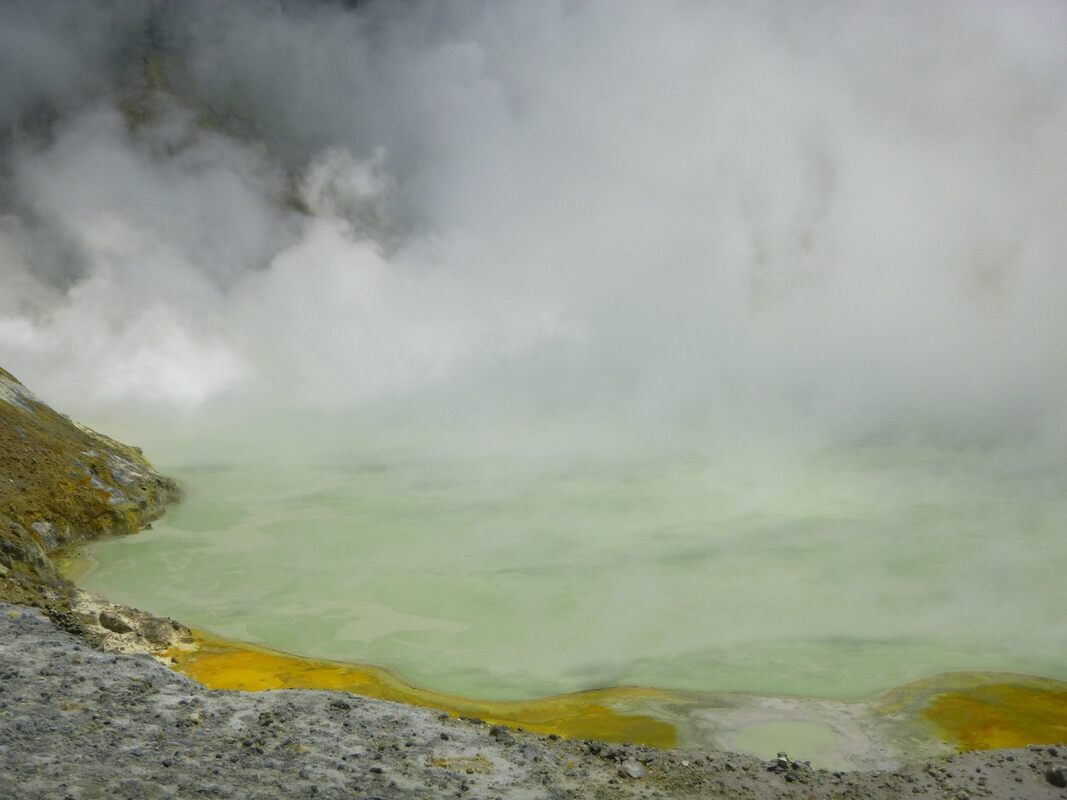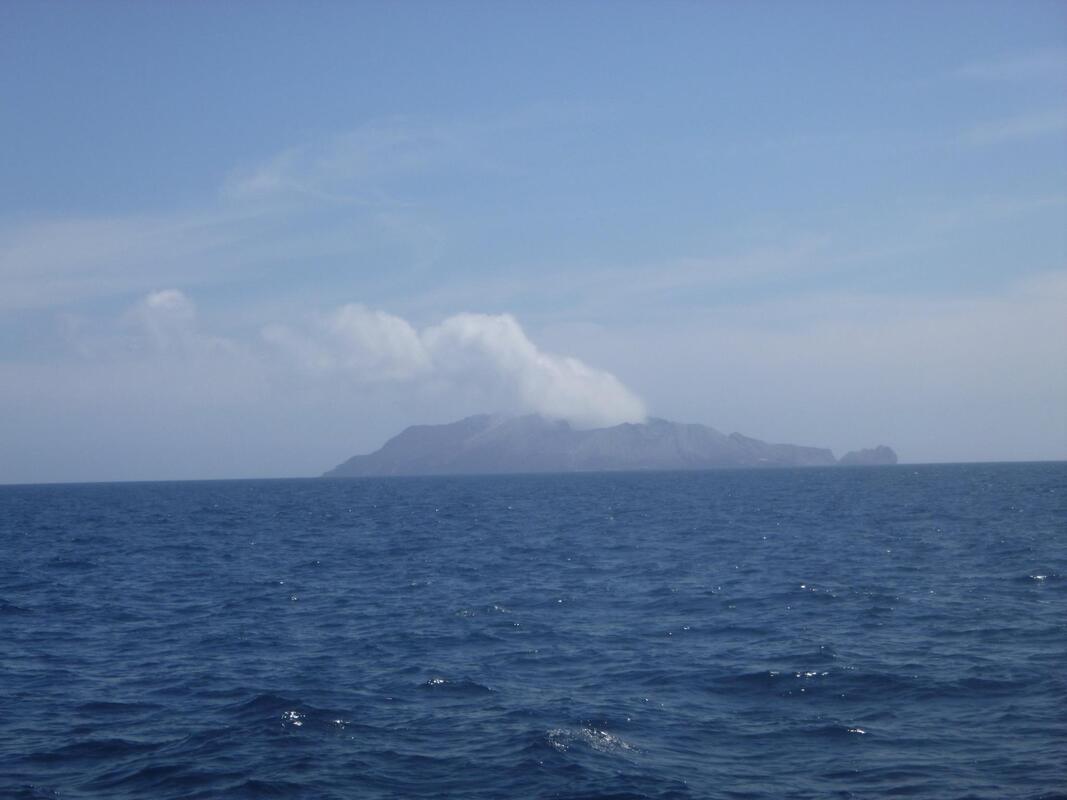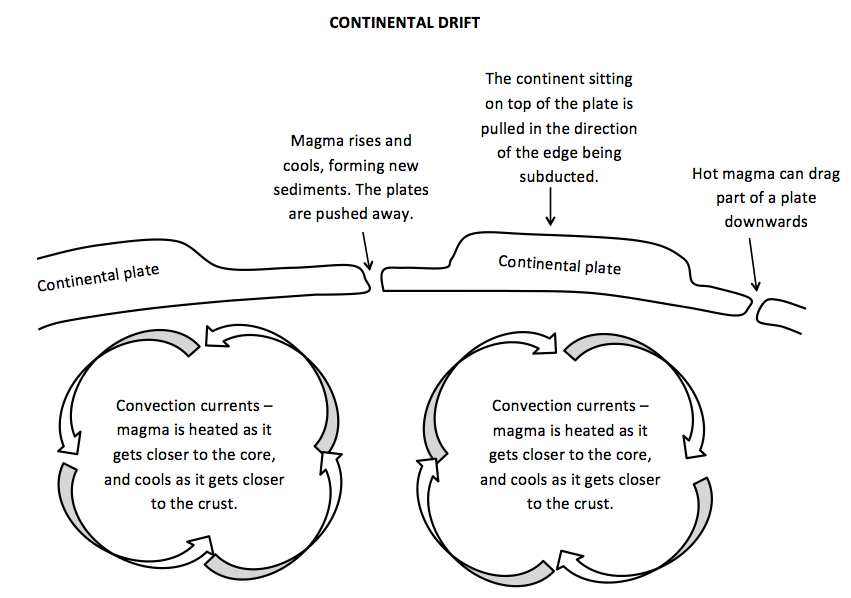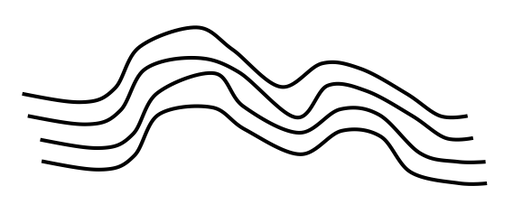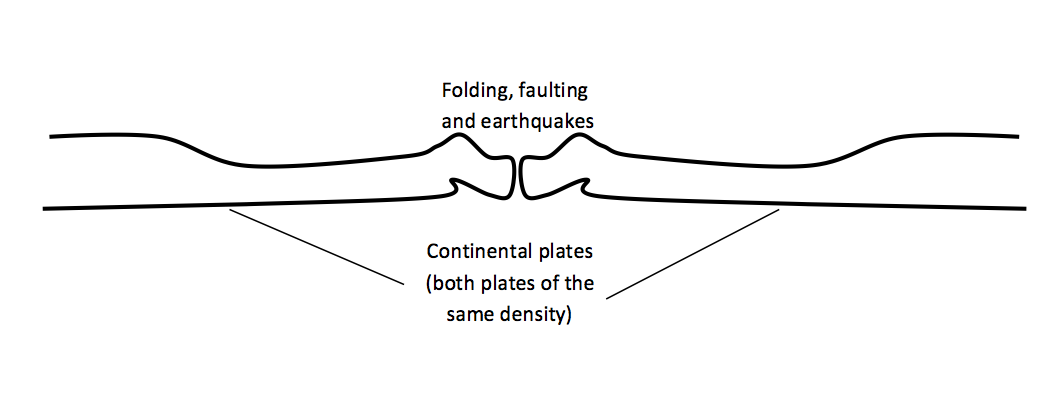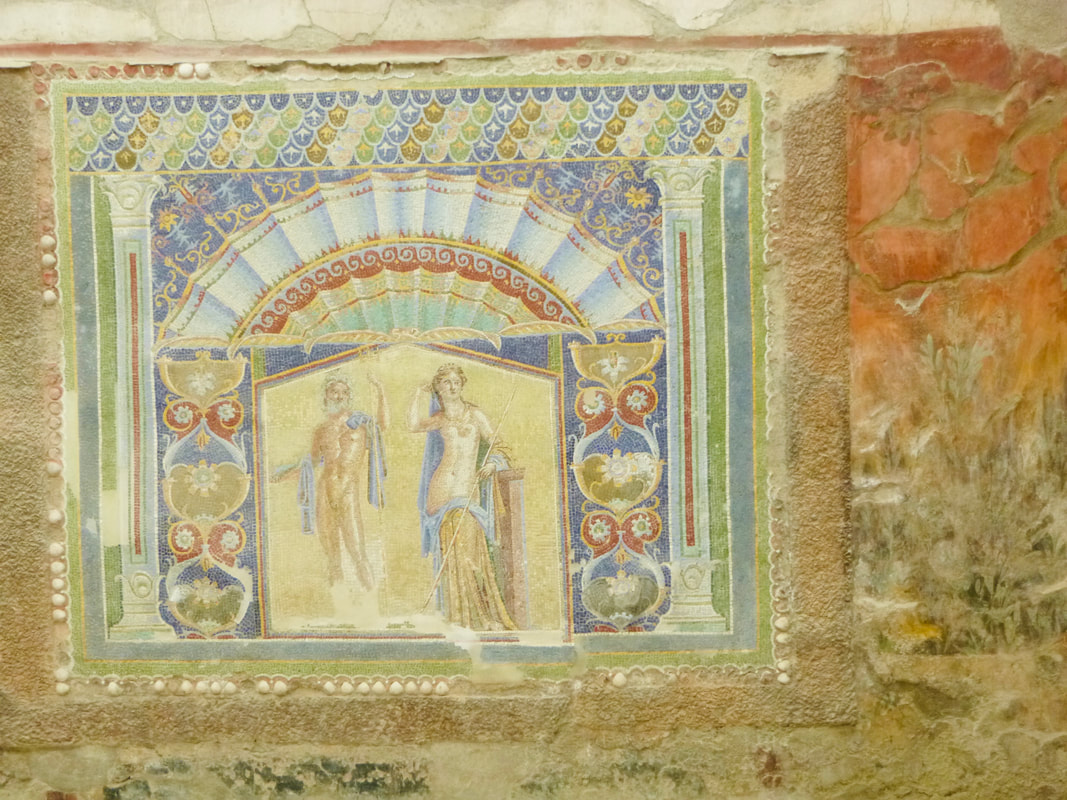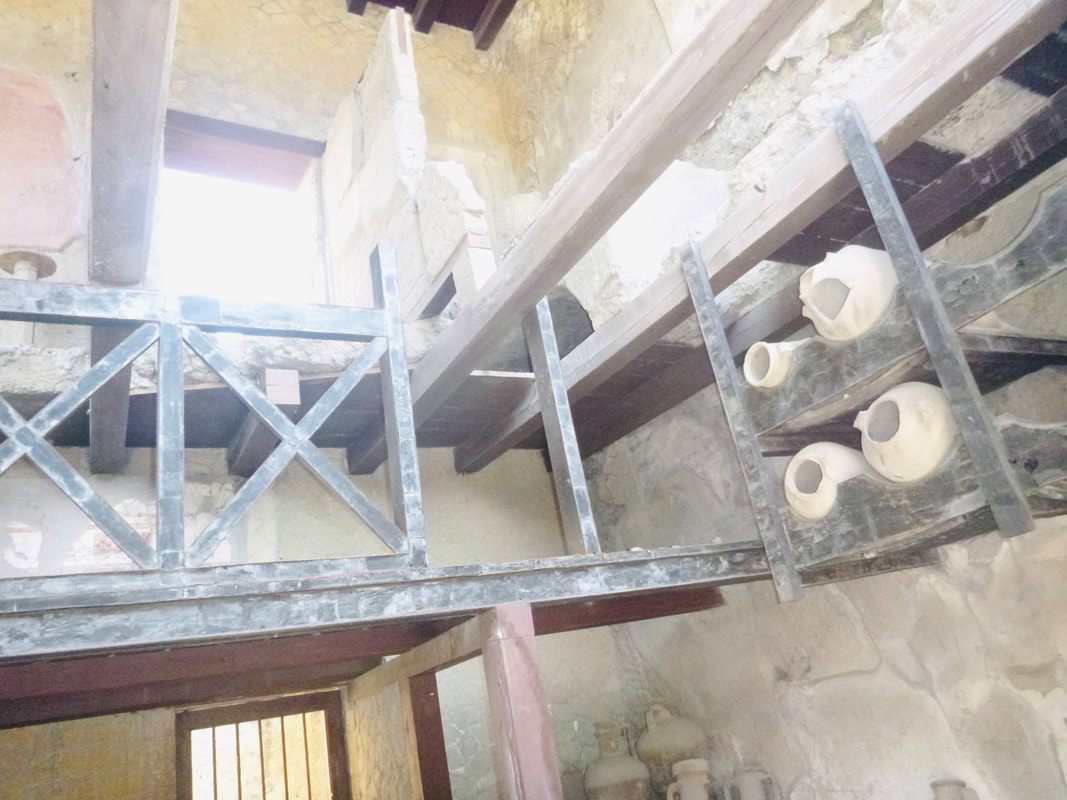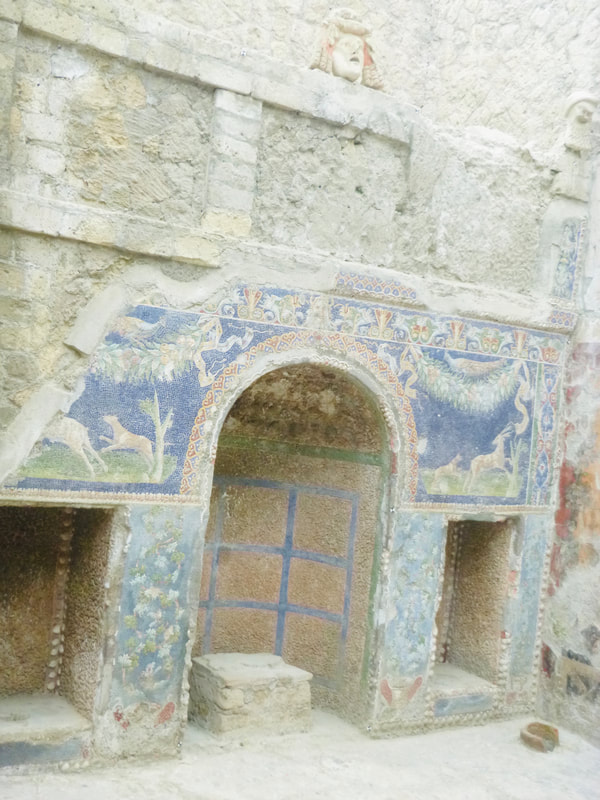Tourists could fly to the island by helicopter or travel by boat, and were then required to wear a hard hat and gas mask to do the tour of the site on foot. The annual revenue generated by White Island Tours for the local Maori tribe, Ngati Awa was $NZ4.5 million.The nearby town of Whakatane in the Bay of Plenty is the gateway to Whakaari and is a town of approximately 34,000. During holiday season, the town becomes packed with caravans, and the motels, hotel, restaurants are full of tourists. Tourism is the lifeblood of the town. Geomorphic processes that caused the disaster New Zealand is particularly tectonically active, and earthquakes and volcanoes are common. Whaakari/White Island is a typical open vent volcanic system with magma not too far below the surface. The volcano is extremely volatile. It has a crater system enclosed within the crater, it has a superheated crater lake, there are noxious gases escaping from the gas vents, and there have been previous explosive eruptions. The eruption that occurred is known as an hydrothermal eruption, with the volcano spewing gas at temperatures at a minimum of 200 degrees celcius. Responses to the disaster
Immediately following the disaster, the local tribes imposed a rahui, a cultural ban, on the waters along the coast following the explosion. In addition, a maritime exclusion zone of 5km around the island was imposed following the event, to provide exclusive access to police and the defence force. Tour boats were quarantined. A no-fly zone was also ordered after the eruption. Police and the Defence Force, including six bomb disposal specialists were involved in rescue and recovery operations. The island was heavily toxic following the eruption. Initial visits were very short, with teams using breathing equipment to allow them to search for up to 75 minutes at a time. They needed to wear three protective layers and wade through dense acidic mud. Recovery divers had to be washed clean following recovery dives due to the acidity of the water. Management strategies to reduce impacts of similar hazard events in the future Tours which allow walking around the volcanic island no longer run. There are some scenic flights which allow a view of the island from a distance. GNS Science undertake research on natural Earth system processes and resources, and are New Zealand’s geological hazards information authority. GNS Science and the Earthquake Commission work together to provide information through the GeoNet website. It monitors volcanic activity using seismometers, acoustic sensors and webcams. Samples are also collected from the island frequently. This ongoing monitoring and assessment provides the public with information about the changing risk level for the volcano. GeoNet uses Volcano Alert Bulletins to asses the rick of the volcano. The Bay of Plenty Civil Defence Emergency Management group has overall responsibility for managing hazards and risks associated with Whakaari/White Island. They have developed a Whakaari/White Island Response Plan. This was developed in December 2019, and specified the roles and responsibility of different groups and agencies in the event of a similar disaster. Tour operators are required to regularly communicate with each other to share knowledge of observations on the island, they need to directly communicate with GNS, and need to carry out their own individual risk assessment on each landing on the island. Information about the risks associated with walking around and active volcano is communicated to any visitors to the site. 1. Describe the location of Whakaari/White Island. 2. Describe how White Island was used by people. 3. Outline the impacts of the White Island disaster. 4. Examine figure 1. Explain the geomorphic processes that caused the disaster on White Island. 5. Explain the difficulties in the rescue and recovery mission on White Island following the eruption. 6. Propose the key points to be considered in developing a risk management plan for use of White Island in the future.
0 Comments
Geomorphology: the study of landforms, their origins, evolution, form and distribution. The lithosphere is the outer shell of the earth, consisting of soil and geological formations. The earth is made up of different section: the core, the inner core, the outer core and the crust. Study of the lithosphere is primarily concerned with the crust. The two sets of forces which shape the earth’s crust are tectonic forces (continental drift and plate movement at a smaller scale), and gradational forces (weathering, erosion, deposition and mass movement). Landforms can be shaped in a number of ways:
Click to read Mystery island in the Southern Pacific brimming with life. Slip, Slide Colide Click to play Slip, Slide Collide 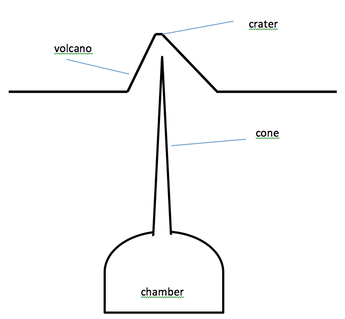 Volcanoes Volcanoes involve the process of molten rock from the mantle being forced up onto the earth’s surface, building continents. Earthquakes When two plates come together, folding and faulting can occur which can cause earthquakes (see above). Earthquakes occur as a result of movement between sections of the earth’s crust. They commonly occur along fault lines and along plate boundaries. Sections of tectonic plates can be forced upwards exposing new sections. Converging plates When plates come together (or converge) underwater trenches and volcanoes can be formed.  Faulting - Block mountains Block mountains are made when part of the crust is forced up between two cracks in a plate. These cracks are called faults. We visited Herculaneum today. We were approached by a woman who introduced herself as an archaeologist working on the site and asked if we would like a tour with her. Conchetta (Connie) was fantastic. The depth of knowledge added so much to the experience. She took us underground to an excavated pool, pointed out restoration efforts, showed us areas where items had been removed and so on. We loved every minute of it. Connie was really engaging and obviously enjoyed presenting her work, and as a result she really passed on her enthusiasm to us. When Mt Vesuvius erupted it threw out a gigantic cloud of volcanic ash 30 km into the sky. Herculaneum was also impact by earthquakes. Hot ash and gas rolled down the slope of the volcano burying Herculanuem underground, in some places as deep as 23 metres. Over time Herculaneum was looted with many pieces of marble and bronze statues taken.
|
Categories
All
Archives
May 2024
|
